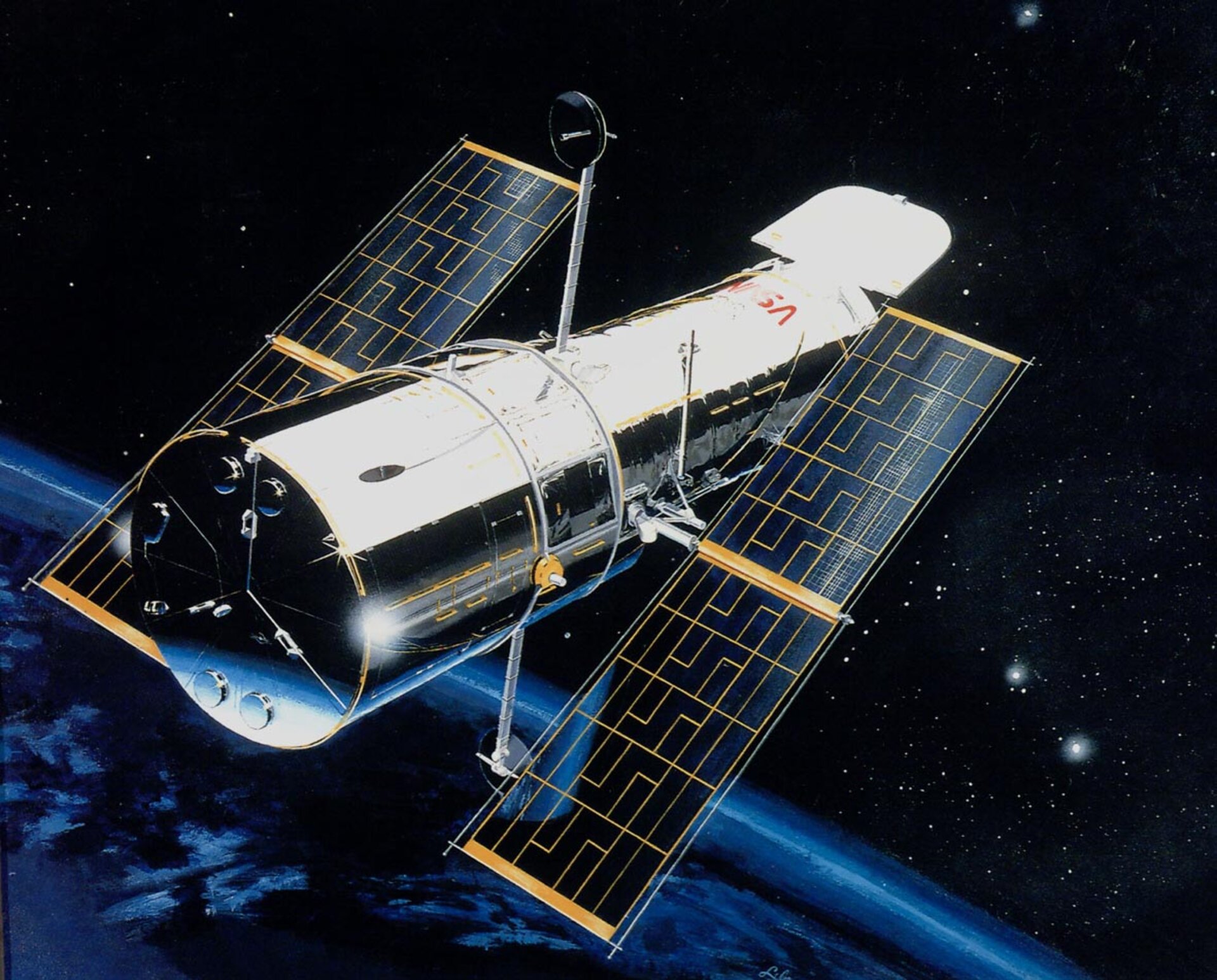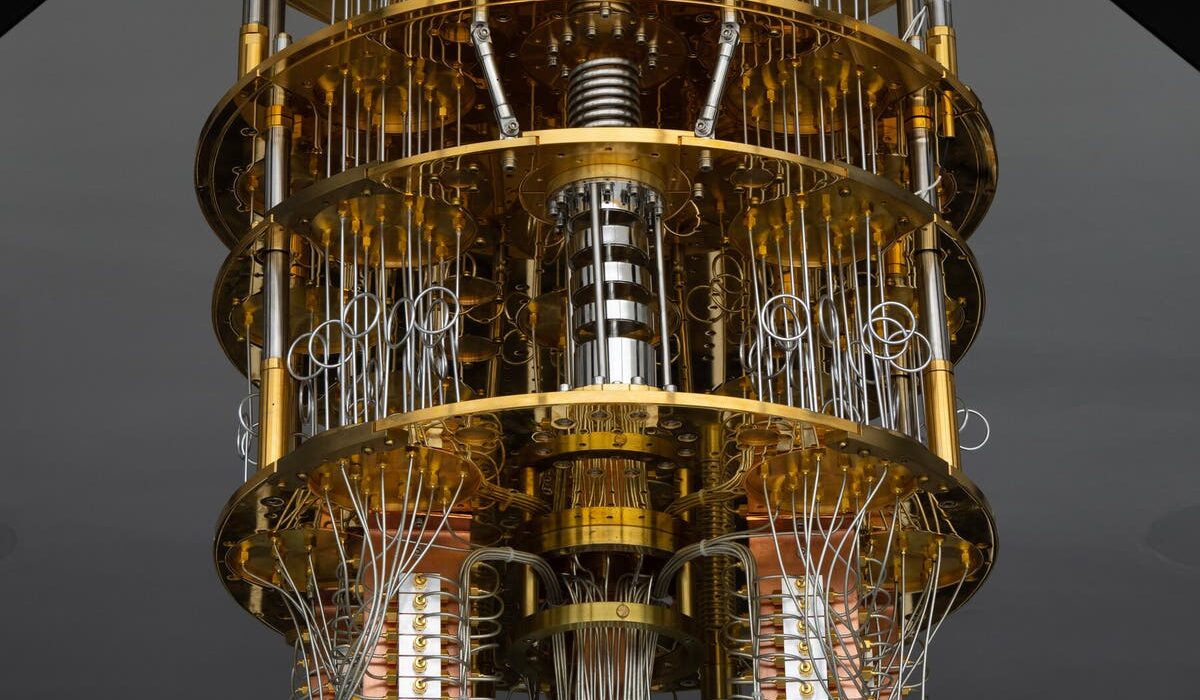Since the dawn of humanity, we have gazed at the stars with awe and curiosity, wondering what lies beyond our skies. But it was only with the invention of the telescope that our imagination began to meet reality. Telescopes have allowed us to see craters on the Moon, moons orbiting Jupiter, the spiral arms of galaxies, and even the faint glow of the universe’s beginning. Yet the most revolutionary leaps have come not from ground-based telescopes, but from space-based observatories.
Free from the distortion of Earth’s atmosphere, space telescopes give us a crystal-clear view of the cosmos. They capture wavelengths invisible to human eyes—X-rays, infrared, gamma rays, ultraviolet—that never reach the ground. They can look deeper, sharper, and farther into the universe, uncovering secrets that change our understanding of existence itself.
Here we explore the 25 most powerful space telescopes ever built—machines that have redefined astronomy and transformed the way we see the cosmos.
1. Hubble Space Telescope (HST)
Launched in 1990, the Hubble Space Telescope is perhaps the most iconic telescope ever built. Orbiting Earth at about 547 km above the surface, Hubble has given us breathtaking images of nebulae, galaxies, and distant stars.
Hubble has helped measure the expansion rate of the universe, provided evidence of dark energy, and captured the famous “Deep Field” images—windows into the early universe. It works across ultraviolet, visible, and near-infrared light, making it versatile and revolutionary. Even after more than three decades, Hubble remains one of the greatest scientific tools ever created.
2. James Webb Space Telescope (JWST)
If Hubble was a pioneer, the James Webb Space Telescope, launched in December 2021, is its successor and successor of all space telescopes. With a massive 6.5-meter segmented mirror, JWST is the most powerful space telescope ever built.
Unlike Hubble, JWST primarily observes in the infrared spectrum. This allows it to peer through dust clouds, study exoplanet atmospheres, and glimpse galaxies formed only a few hundred million years after the Big Bang. Its golden hexagonal mirrors and sunshield the size of a tennis court make it one of humanity’s greatest engineering achievements.
3. Chandra X-ray Observatory
Launched in 1999, Chandra is the most sensitive X-ray telescope ever placed in orbit. X-rays do not penetrate Earth’s atmosphere, so only a space-based observatory could capture the high-energy universe.
Chandra has revealed the violent processes around black holes, neutron stars, and supernovae. It showed the expanding shock waves of exploding stars and mapped dark matter through galaxy cluster collisions. Without Chandra, our view of the high-energy cosmos would be far dimmer.
4. Spitzer Space Telescope
Part of NASA’s “Great Observatories” program alongside Hubble, Chandra, and Compton, the Spitzer Space Telescope was launched in 2003 to study the infrared universe.
Spitzer uncovered dusty stellar nurseries, revealed hidden galaxies, and helped detect exoplanets by measuring their heat signatures. One of its landmark discoveries was the TRAPPIST-1 system, with seven Earth-sized planets orbiting a nearby star. Spitzer retired in 2020 but left a profound legacy of discoveries.
5. Compton Gamma Ray Observatory (CGRO)
Before Chandra and Spitzer, the Compton Gamma Ray Observatory, launched in 1991, opened the gamma-ray sky. Gamma rays are the most energetic form of light, produced by black holes, pulsars, and cosmic explosions.
Compton detected thousands of gamma-ray bursts—brief, powerful flashes that outshine entire galaxies. These discoveries revealed some of the most energetic events in the universe, possibly tied to the birth of black holes. Though deorbited in 2000, CGRO remains a cornerstone in gamma-ray astronomy.
6. Kepler Space Telescope
Launched in 2009, the Kepler Space Telescope changed our understanding of planets forever. Its mission was simple: stare at a single patch of sky and look for the tiny dips in starlight caused by orbiting planets.
Kepler discovered over 2,600 confirmed exoplanets and thousands more candidates. It showed us that planets are common—possibly outnumbering stars. It revealed Earth-like worlds in habitable zones and sparked the modern search for alien life. Even after it ran out of fuel in 2018, its discoveries continue to inspire.
7. TESS (Transiting Exoplanet Survey Satellite)
Building on Kepler’s legacy, NASA launched TESS in 2018 to scan nearly the entire sky for exoplanets. TESS has already identified thousands of candidate planets, including rocky worlds in nearby star systems.
What makes TESS powerful is its focus on bright, nearby stars—targets that can be followed up with telescopes like JWST to study atmospheres and look for signs of habitability.
8. Gaia Space Observatory
The European Space Agency’s Gaia, launched in 2013, is one of the most ambitious astronomical missions ever attempted. Its goal: map a three-dimensional catalog of over 1.5 billion stars in our galaxy with unprecedented precision.
Gaia measures star positions, distances, and motions, effectively creating a dynamic model of the Milky Way. It has also discovered new exoplanets, asteroids, and even evidence of galactic collisions. Gaia is the ultimate mapmaker of our cosmic neighborhood.
9. Herschel Space Observatory
Launched in 2009 by ESA, the Herschel Space Observatory was the largest infrared telescope ever put into space, with a 3.5-meter mirror. It specialized in far-infrared and submillimeter wavelengths.
Herschel revealed the cold, dusty regions where stars and planets are born, studied water in space, and even detected molecules essential for life in interstellar clouds. It helped bridge the gap between infrared and radio astronomy before retiring in 2013.
10. Planck Space Telescope
ESA’s Planck telescope, launched in 2009, had one of the most important missions in cosmology: to measure the Cosmic Microwave Background (CMB)—the faint afterglow of the Big Bang.
Planck’s precision mapping of the CMB gave scientists a snapshot of the early universe, helping determine its age, composition, and geometry. It confirmed that the universe is 13.8 billion years old and consists mostly of dark matter and dark energy.
11. Fermi Gamma-ray Space Telescope
Launched in 2008, the Fermi telescope is the successor to Compton in gamma-ray astronomy. It detects powerful bursts from black holes, pulsars, and distant galaxies.
One of its major discoveries was confirming that gamma-ray bursts are linked to collapsing stars and black hole formation. Fermi also mapped high-energy cosmic rays and studied mysterious gamma-ray glows near the center of the Milky Way.
12. Swift Gamma-Ray Burst Mission
Launched in 2004, NASA’s Swift is a specialized mission to detect gamma-ray bursts (GRBs)—the most powerful explosions in the universe. GRBs can release in seconds as much energy as the Sun will emit in its entire lifetime.
Swift can quickly detect a burst, pinpoint its location, and redirect other telescopes to capture the afterglow. This rapid response has been crucial in understanding GRBs as the deaths of massive stars or the merging of neutron stars.
13. Einstein Observatory (HEAO-2)
Launched in 1978, the Einstein Observatory was the first fully imaging X-ray telescope in space. It opened the high-energy sky and observed hot gas, black holes, and supernova remnants in unprecedented detail.
It was a direct ancestor to Chandra, demonstrating the immense value of X-ray astronomy from orbit.
14. XMM-Newton
ESA’s XMM-Newton, launched in 1999, is one of the most advanced X-ray telescopes ever built. It works alongside Chandra but offers a different design, with multiple X-ray mirrors collecting high-resolution spectra.
XMM-Newton has studied supermassive black holes, galaxy clusters, and even dark matter candidates. Its longevity and sensitivity make it one of ESA’s flagship observatories.
15. NICER (Neutron Star Interior Composition Explorer)
Mounted on the International Space Station in 2017, NICER studies neutron stars—the densest objects in the universe apart from black holes. By analyzing their X-ray emissions, NICER helps scientists probe the exotic matter inside these stellar corpses.
It also played a role in demonstrating “X-ray navigation,” a potential GPS-like system for spacecraft traveling deep into the solar system.
16. WMAP (Wilkinson Microwave Anisotropy Probe)
Before Planck, WMAP was the gold standard for measuring the Cosmic Microwave Background. Launched in 2001, it mapped tiny fluctuations in the CMB, refining our understanding of the universe’s age, shape, and contents.
WMAP’s data confirmed the existence of dark energy and dark matter, laying the foundation for modern cosmology.
17. IRAS (Infrared Astronomical Satellite)
Launched in 1983, IRAS was the first-ever space telescope to perform a survey of the entire sky in infrared. In just 10 months of operation, it discovered hundreds of thousands of infrared sources, including new comets, star-forming regions, and galaxies.
IRAS revealed a universe filled with dust and hidden activity invisible to optical telescopes.
18. Hipparcos
Launched in 1989 by ESA, Hipparcos was the first space mission dedicated to astrometry—the precise measurement of star positions. It cataloged 118,000 stars with unprecedented accuracy and laid the groundwork for Gaia.
Hipparcos showed us the power of mapping the galaxy from above the atmosphere.
19. Spektr-R (RadioAstron)
Russia’s Spektr-R, launched in 2011, was a space-based radio telescope with a 10-meter dish. Working with ground-based radio arrays, it formed a planet-sized interferometer with record-breaking resolution.
Spektr-R allowed astronomers to study quasars, pulsars, and the interstellar medium with extraordinary clarity until its mission ended in 2019.
20. ALMA in Space Concept Precursors (Herschel + Planck)
While ALMA itself is ground-based, Herschel and Planck paved the way for space-based submillimeter astronomy. Together, they revealed cold regions of space, galaxies in formation, and molecules essential for life.
They proved the importance of this wavelength band and inspired future concepts for orbital successors.
21. Uhuru (SAS-1)
Launched in 1970, Uhuru was the first satellite dedicated to X-ray astronomy. It discovered hundreds of X-ray sources, including black hole candidates and powerful binary systems.
Uhuru marked the dawn of high-energy astrophysics from space.
22. ROSAT
Launched in 1990, ROSAT (ROentgen SATellite) was a German-led X-ray mission that surveyed the entire sky. It discovered over 100,000 new X-ray sources and revealed the hot universe in spectacular detail.
23. Cheops (CHaracterising ExOPlanet Satellite)
Launched in 2019 by ESA, Cheops focuses on studying known exoplanets in detail. It measures their sizes, densities, and atmospheres, complementing discoveries from TESS and Kepler.
Cheops is a precision tool for exoplanet science, preparing the way for JWST’s deeper investigations.
24. Hubble’s Predecessor: IUE (International Ultraviolet Explorer)
Launched in 1978, the IUE was a collaboration between NASA, ESA, and the UK. It was the first space telescope dedicated to ultraviolet astronomy and operated for an astonishing 18 years.
IUE studied hot stars, quasars, and comets, pioneering ultraviolet space science.
25. Roman Space Telescope (Nancy Grace Roman Space Telescope)
Set to launch in the mid-2020s, NASA’s Roman Space Telescope will be the next great leap in astronomy. It will have a field of view 100 times larger than Hubble’s, allowing it to map dark energy, dark matter, and exoplanets on a vast scale.
Roman is designed to tackle the biggest mysteries of cosmology—why the universe is accelerating, how galaxies form, and whether Earth-like planets are common.
Conclusion
From the ultraviolet eyes of IUE to the golden mirrors of James Webb, space telescopes have revolutionized astronomy in ways Galileo could hardly have imagined. They have revealed black holes, mapped the universe’s birth, discovered thousands of worlds, and even allowed us to see galaxies billions of light-years away.
Each telescope, whether retired or still scanning the skies, represents humanity’s relentless quest to know more, to see farther, and to understand the cosmos we call home. And with future missions like the Roman Space Telescope, LUVOIR, and beyond, our eyes will only grow sharper, and our cosmic story richer.






